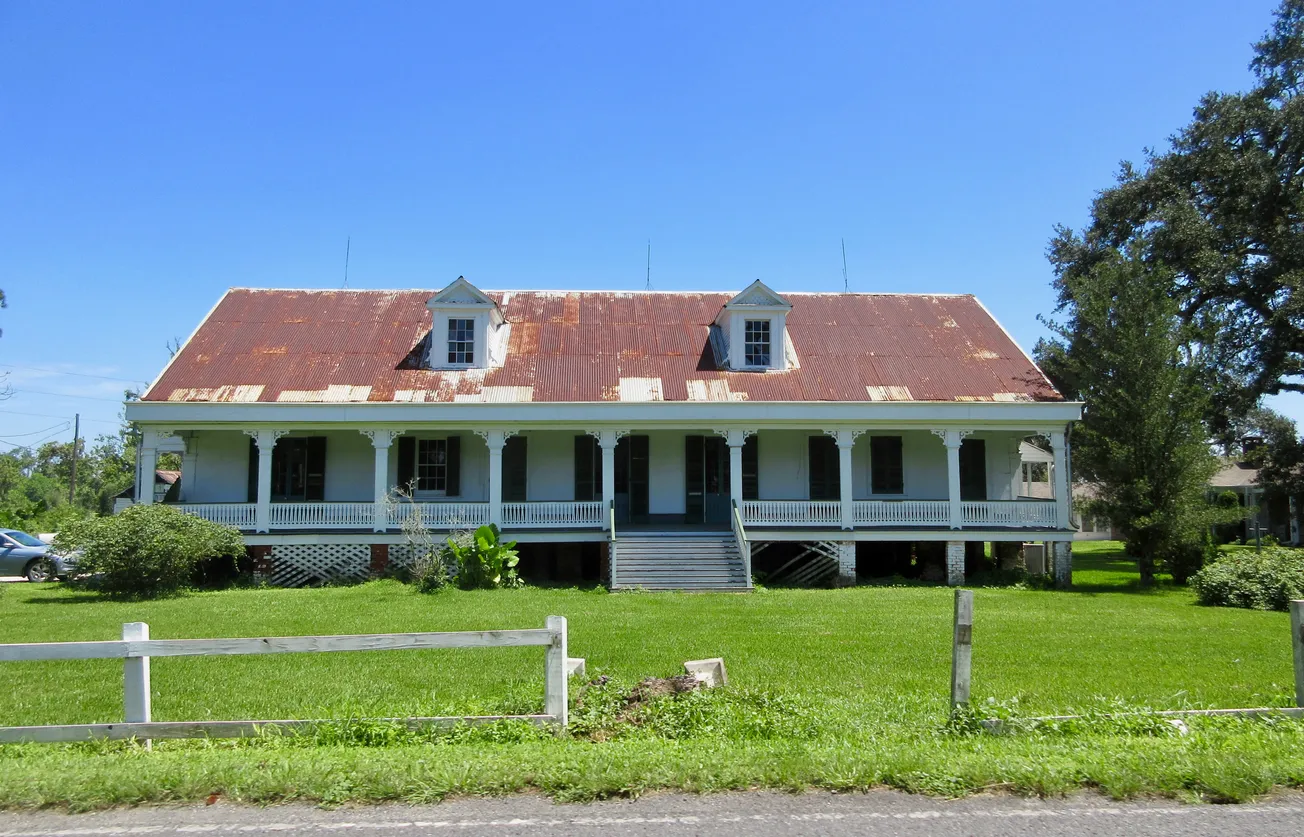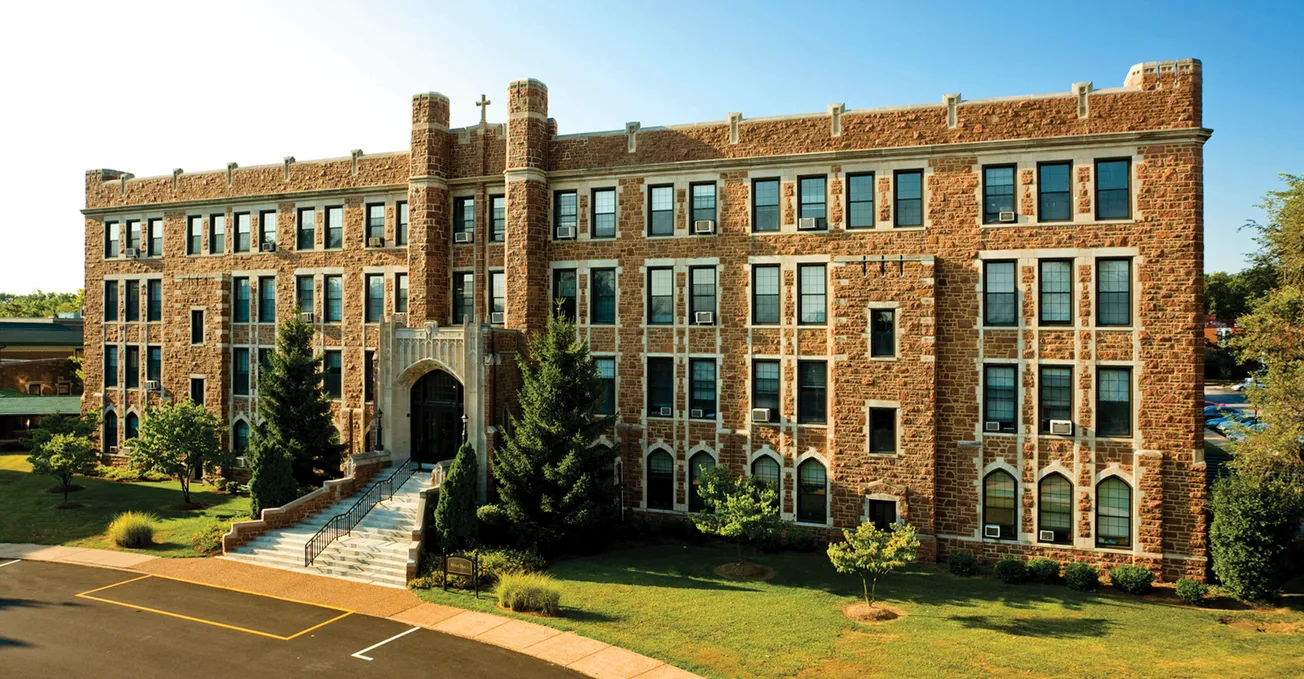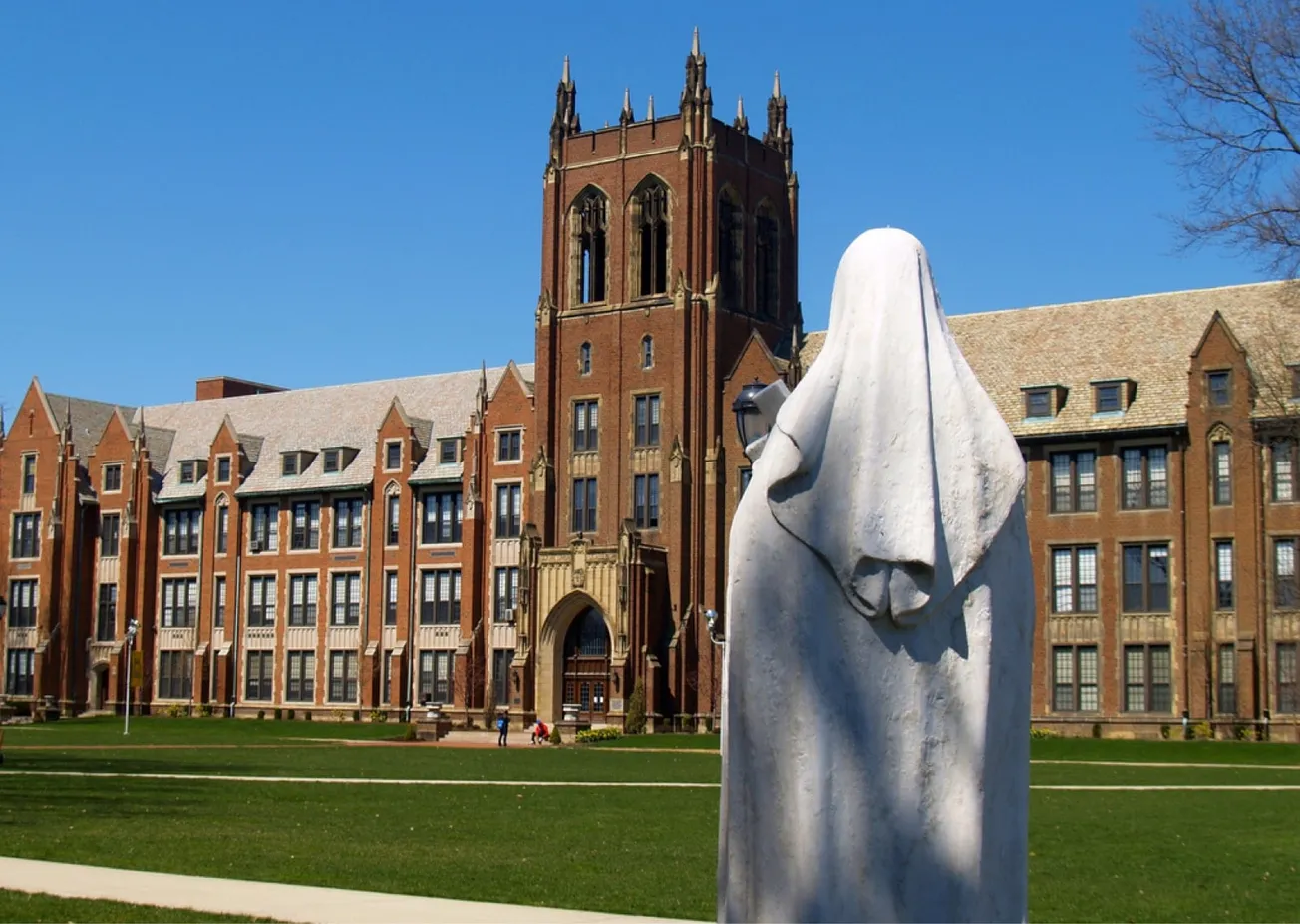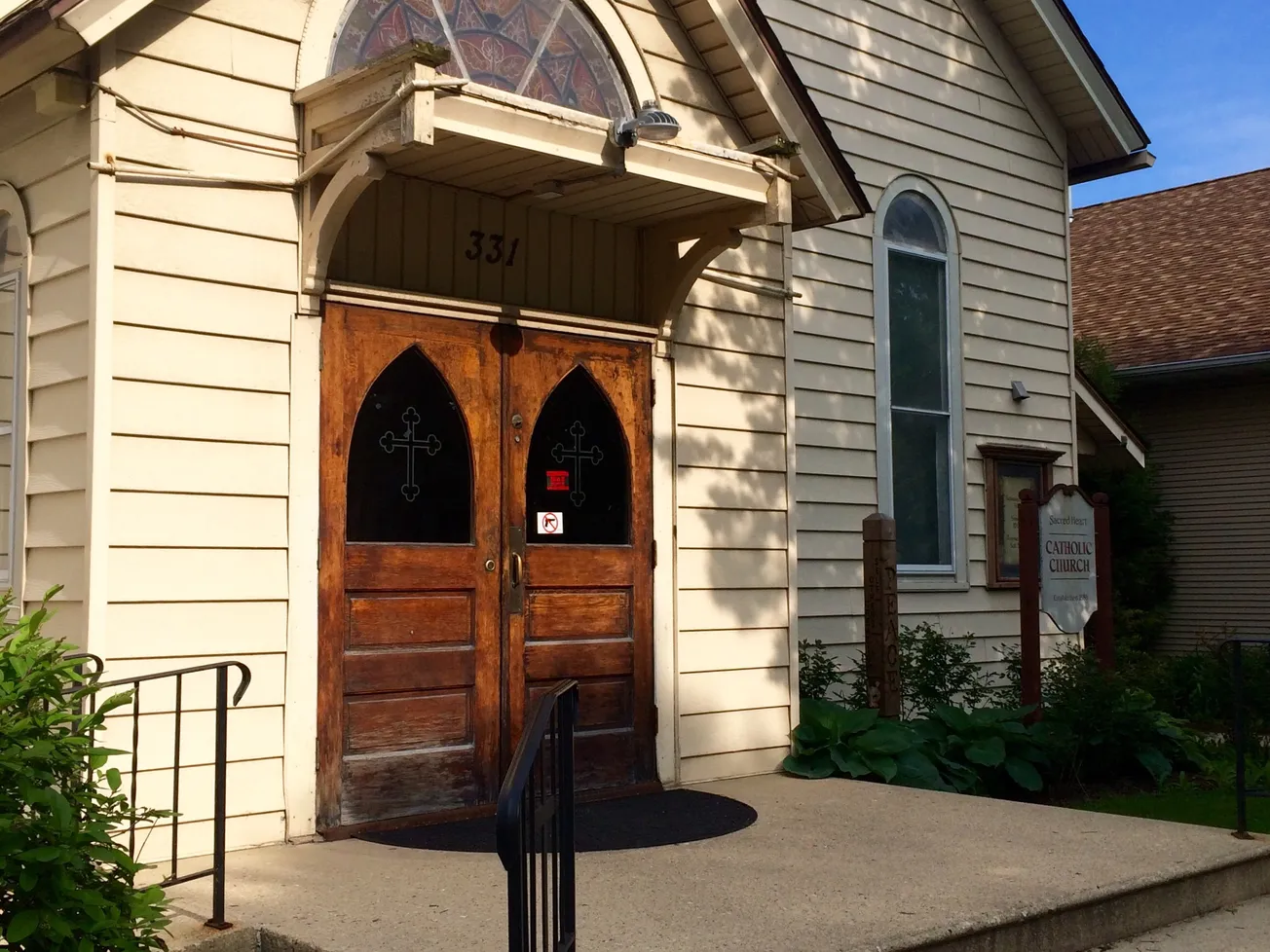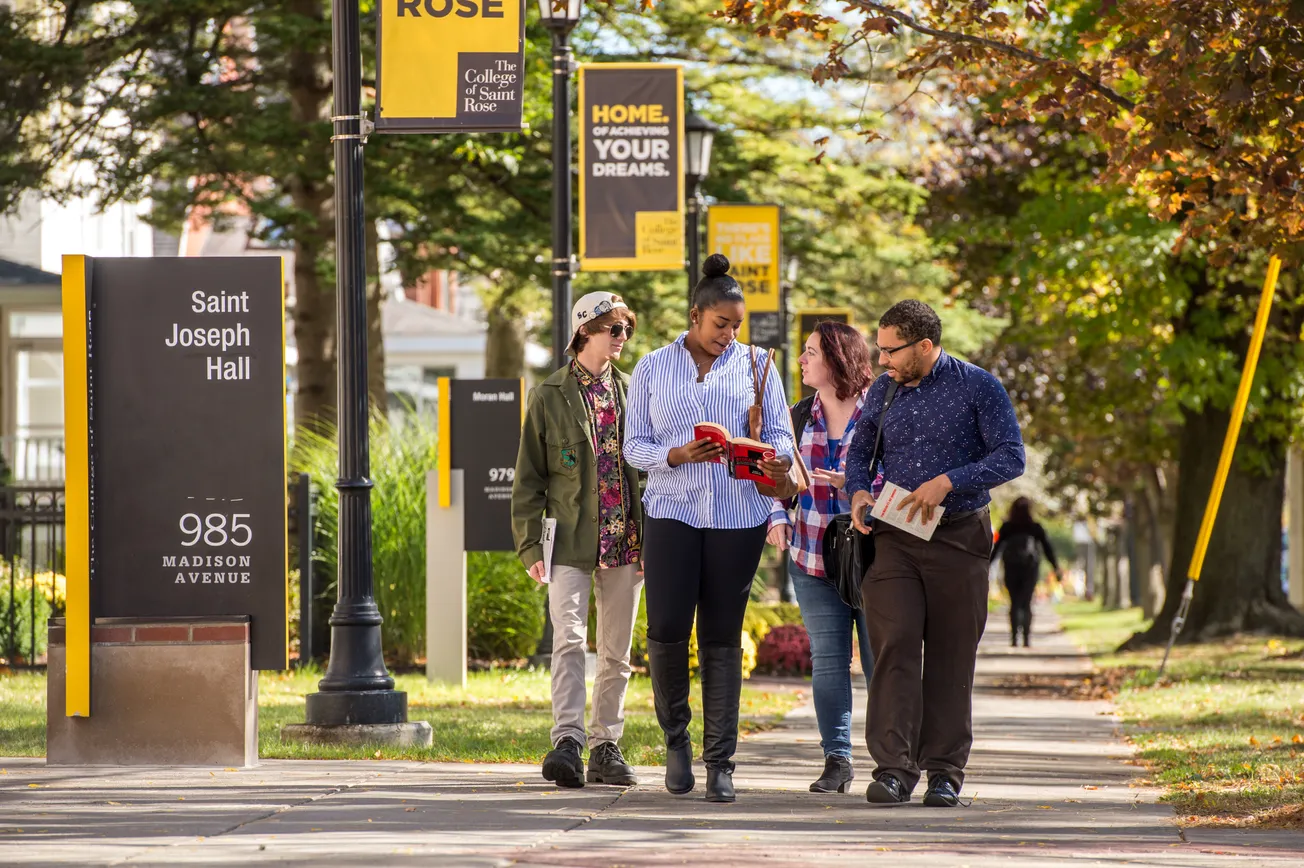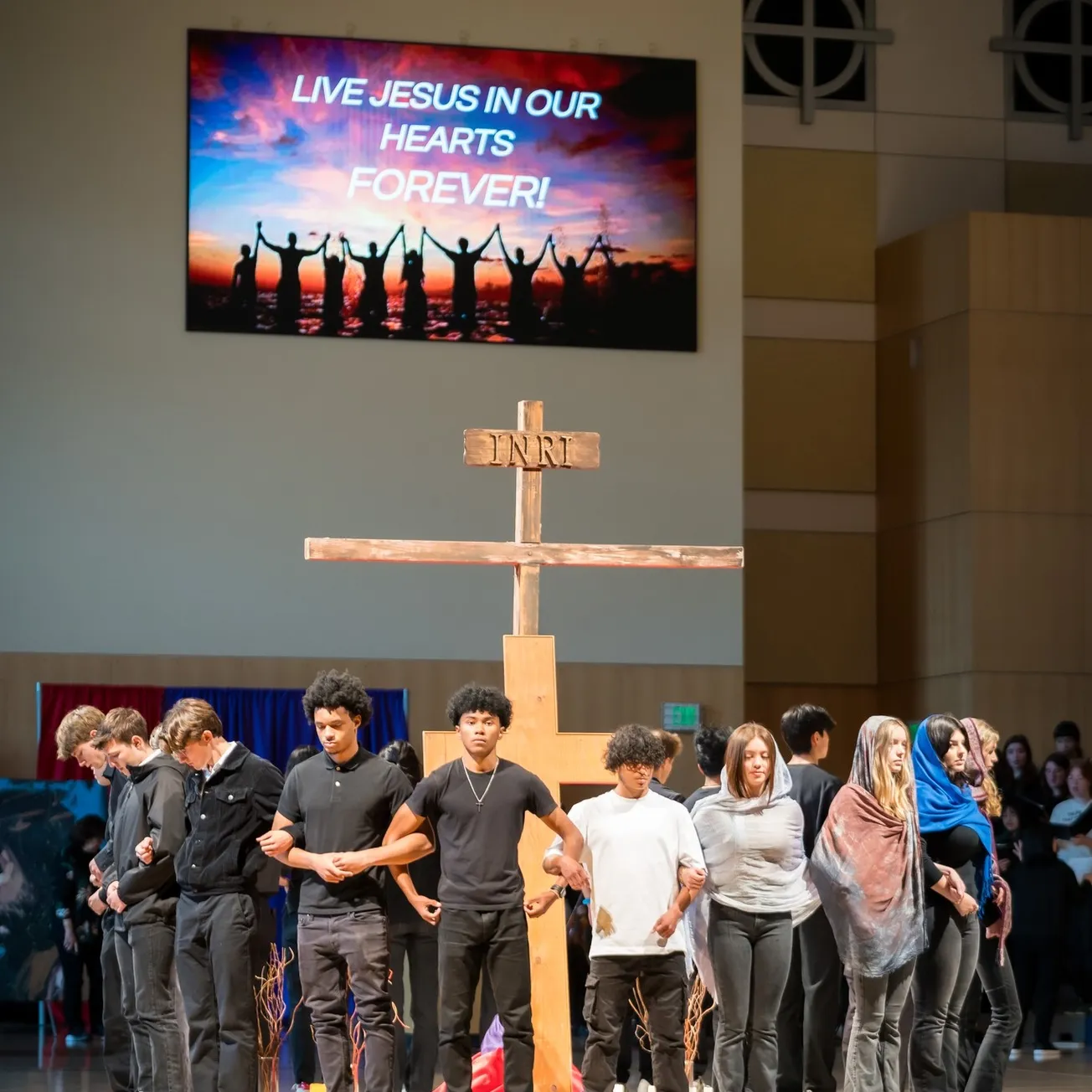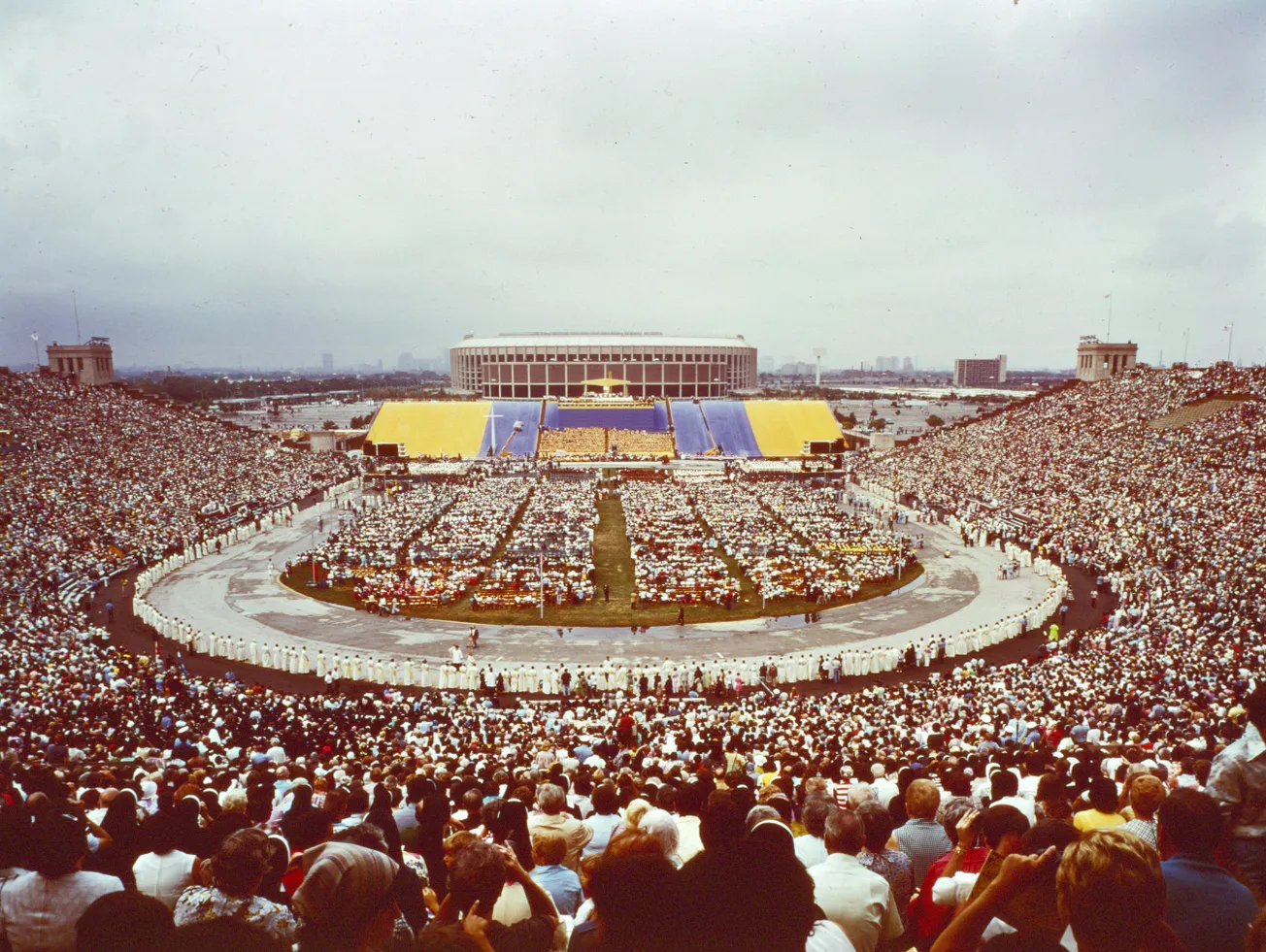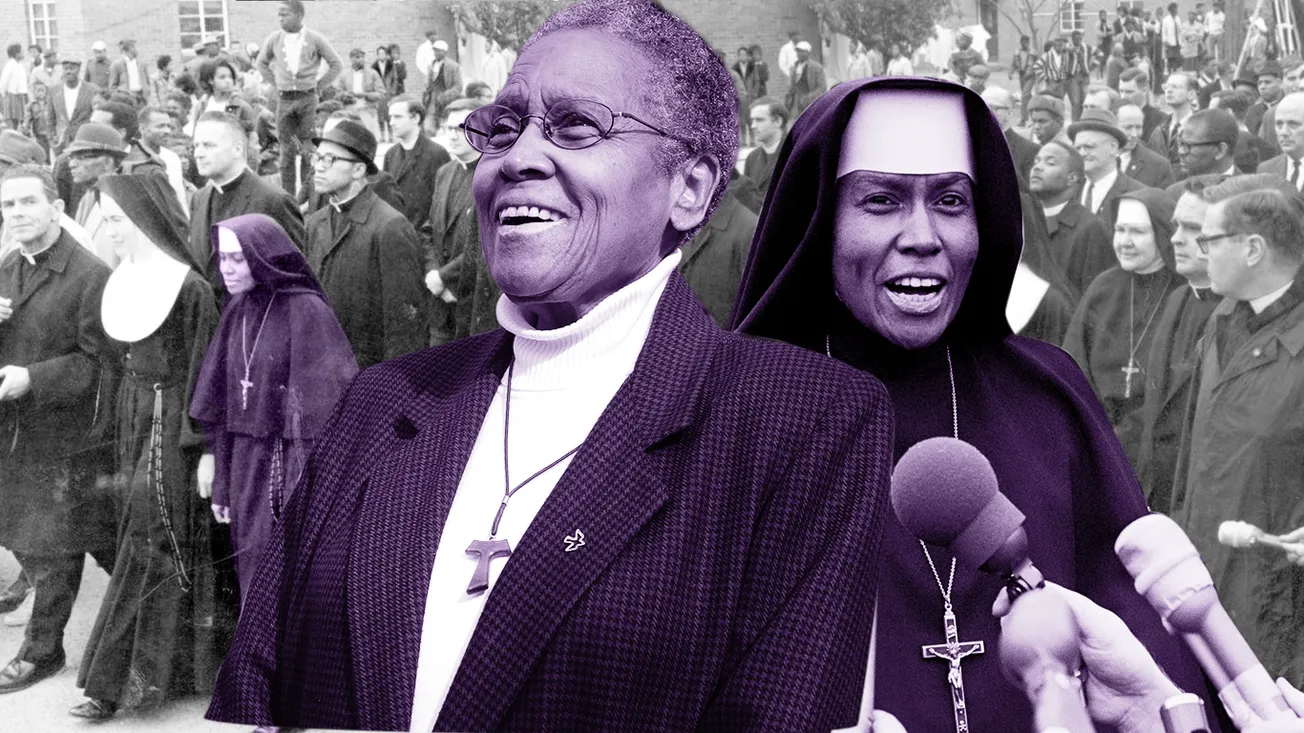The 1811 Kid Ory Historic House, dedicated to the dual histories of jazz and Black resistance in Southeast Louisiana, will close permanently on October 1 following the property owner’s decision to sell.
The news was announced by museum operator John McCusker on August 24.
“I am sorry to announce Sept 2022 is our last month of operation,” he said in a brief message on social media.
“Thank you to our visitors and volunteers over the last 2 years.”
I am sorry to announce Sept 2022 is our last month of operation. Thank you to our visitors and volunteers over the last 2 years. Tours in Sept by appointment only through https://t.co/GHbz1z96De
— 1811 Kid Ory Historic House (@1811KidOry) August 24, 2022
The Acadiana-area museum, which had been operating virtually rent-free on a centuries-old property 30 miles outside New Orleans in LaPlace, has faced financial difficulties amidst the COVID-19 pandemic and McCusker noted the need for more support earlier this year.
While prominent figures have long celebrated the institutional legacy of the property—including Sybil Morial, the wife of New Orleans’ first Black mayor, the late Ernest “Dutch” Morial—the support ultimately did not translate into a situation amenable to the property's owner, Timothy Sheehan.
“The plan was to do it for a year, but the year got slaughtered by COVID-19 and Ida,” McCusker told L'Observateur.
“We’re going to close in October and regroup.”
Since 2020, the Historic House has showcased the stories of both the 1811 German Coast Uprising—the largest slave revolt in US history, which began with a surprise attack at the property by Charles Deslondes—and the journey of Edward “Kid” Ory, a famed Black Creole bandleader born in the house in 1886, who later helped define New Orleans jazz with his unique trombone techniques.
Both topics are integral to the history of Black Catholicism, with the rebellion having been led by Catholic slaves, and Ory having been baptized at St Peter Catholic Church in nearby Reserve, Louisiana.
The museum in their honor is divided roughly in half, with one side containing a recreation of the bedroom where enslaved men ambushed plantation owner Manuel Andry, and the other housing artifacts and displays tracing Ory’s meteoric rise to fame.
A central space dedicated between the two rooms also contains rare archaeological pieces from early Louisiana history, describing the culture present at the time of French and Spanish colonialism in the region.
Despite its broad appeal, especially in the wake of the racial reckoning that swept the nation following the murder of George Floyd in 2020, the museum faced stiff competition from the booming tourist scene downriver in New Orleans proper—where McCusker says visitors often failed to take notice of offerings like the Historic House.
Other slavery-era spaces in the area, especially the über-popular Whitney Plantation located 20 miles west of LaPlace, have been able to sustain themselves in large part due to their high-profile reputation and size. The Whitney also focuses exclusively on slavery.
Other former plantations around the country have similar popularity, including a number of properties whose histories of slavery and African Americans are erased entirely, but which still attract thousands of visitors every year.
Hope you visit us next time. We do actual history. @1811KidOry @amber_capron https://t.co/HrbasonW8Y
— 1811 Kid Ory Historic House (@1811KidOry) August 20, 2022
The Historic House, having existed only for a few years, struggled to compete, despite its focus on resistance as well as ante- and postbellum Black history. Moreover, the supporting literature on the house's history is scant—though McCusker had recently floated plans for a new book on the German Coast Uprising.
Further complicating matters was the unpredictable Gulf Coast storm season, which brought near disaster to the museum last year. McCusker and his business partner Charlotte Jones made headlines during Hurricane Ida in August 2021 when they were forced to shelter in the house itself as the Category 4 storm ripped through the metro area.
The building survived and was repaired relatively quickly, but the proverbial damage was done. Even so, with closure now on the horizon, McCusker is hopeful that good news is still on the other side.
“We’re not giving up. From the lieutenant governor’s office to the local tourist commission and some of the other local historic venues have been very supportive,” he said.
“We’re hoping we can put all of our heads together and find a resolution.”
The Historic House will remain open to visitors for the next three weeks, Wednesday through Sunday, 10am to 3pm CT. Tickets are $18 for adults and can be purchased online.

Nate Tinner-Williams is co-founder and editor of Black Catholic Messenger, a seminarian with the Josephites, and a ThM student with the Institute for Black Catholic Studies at Xavier University of Louisiana (XULA).


